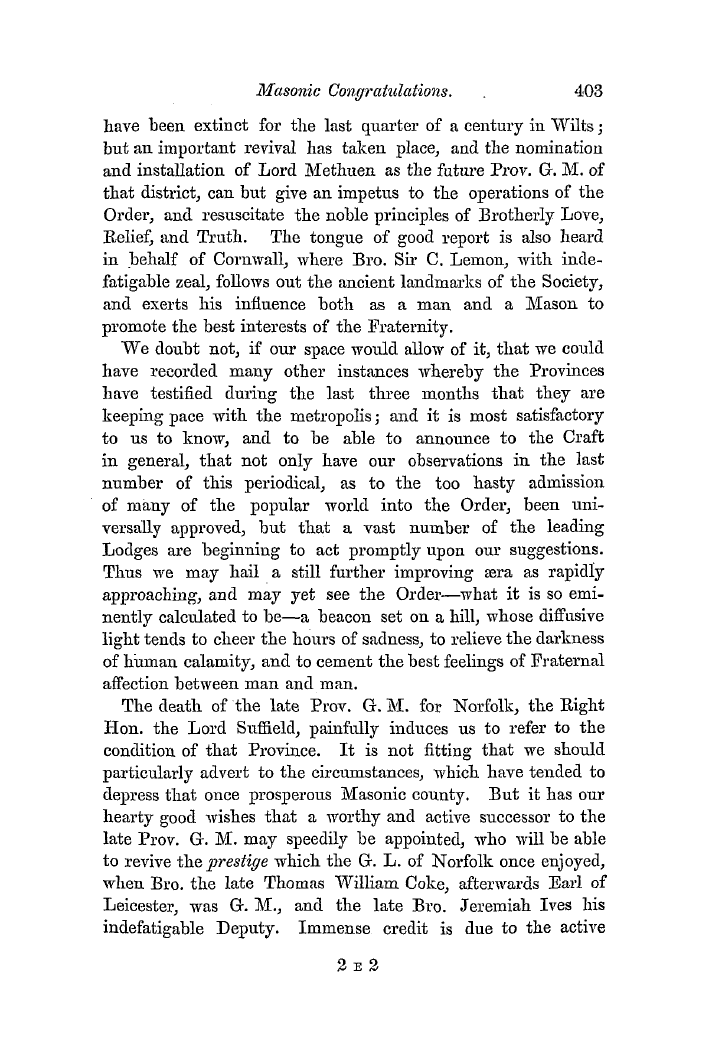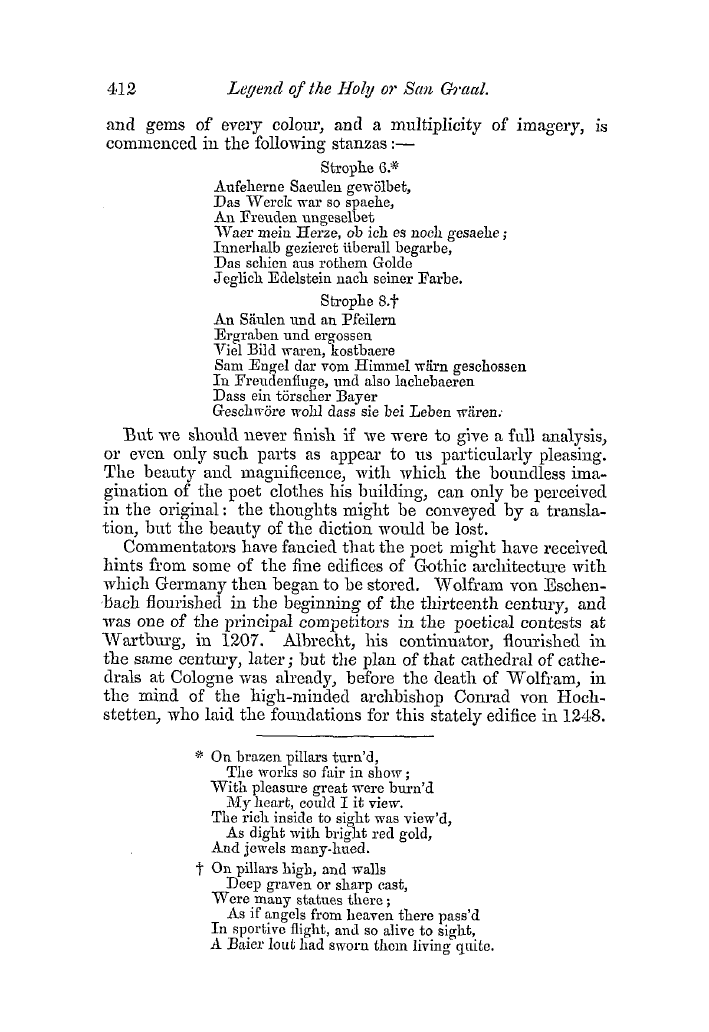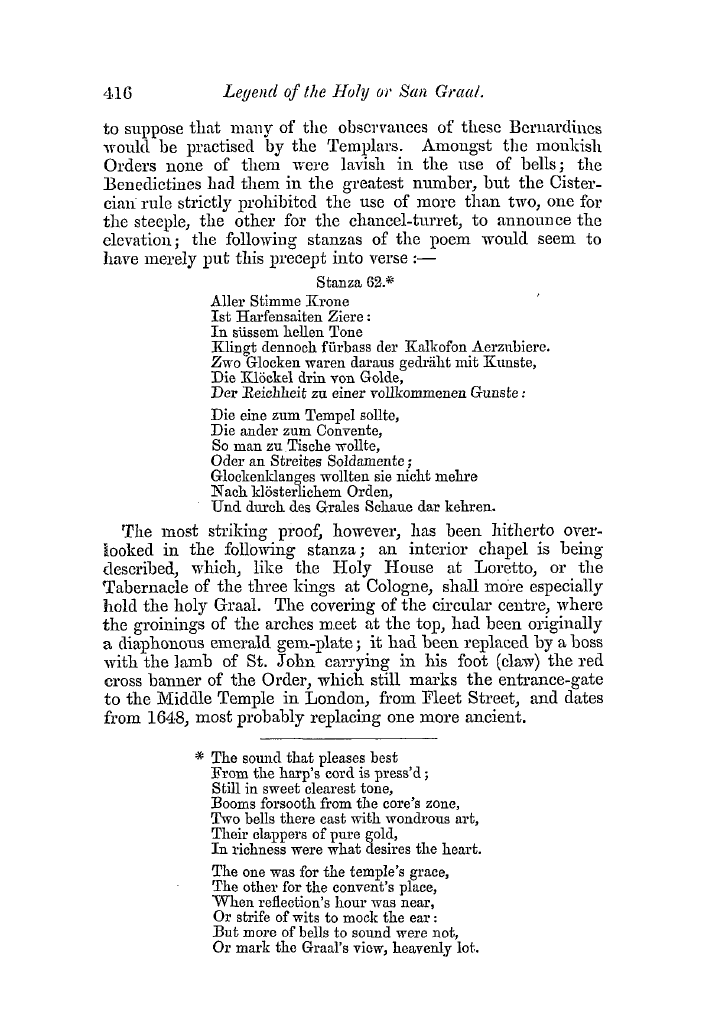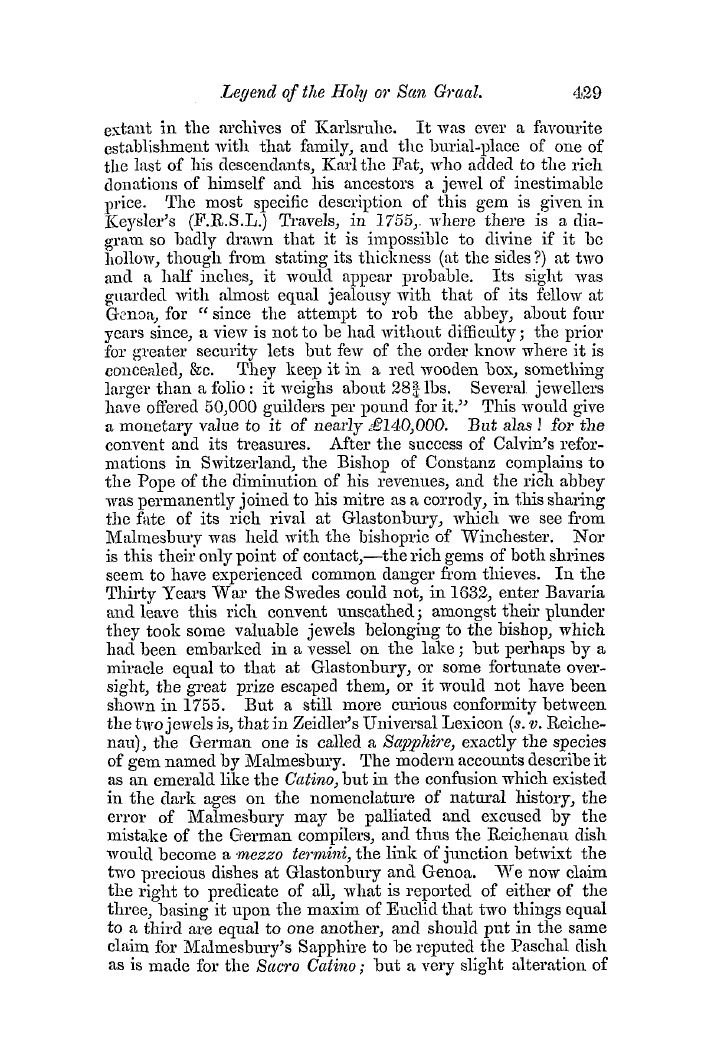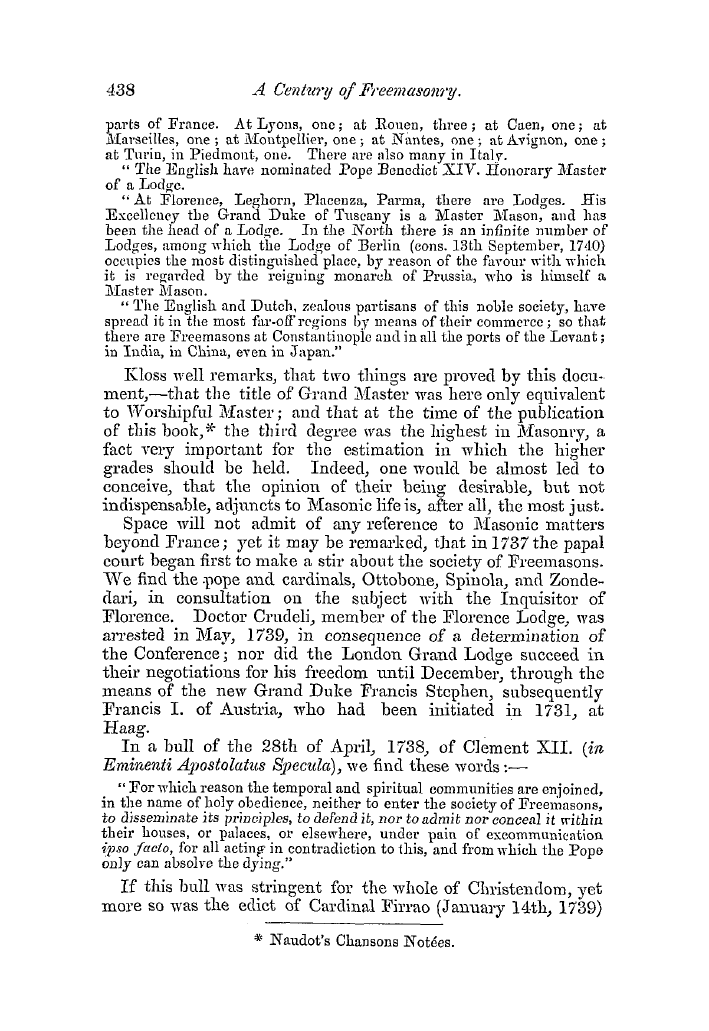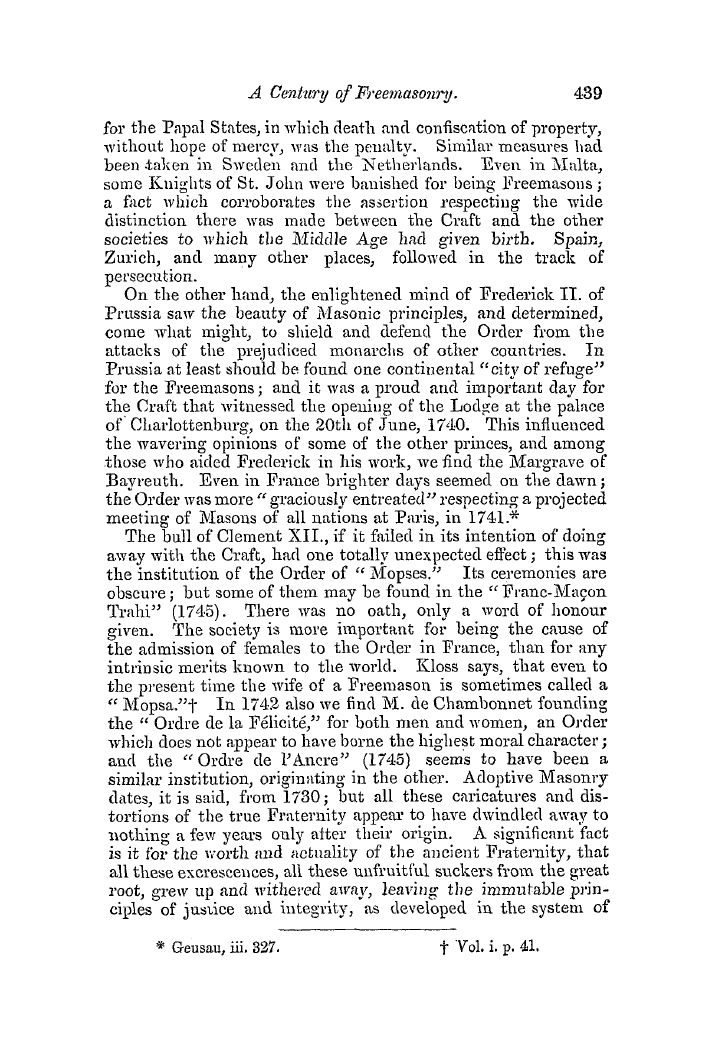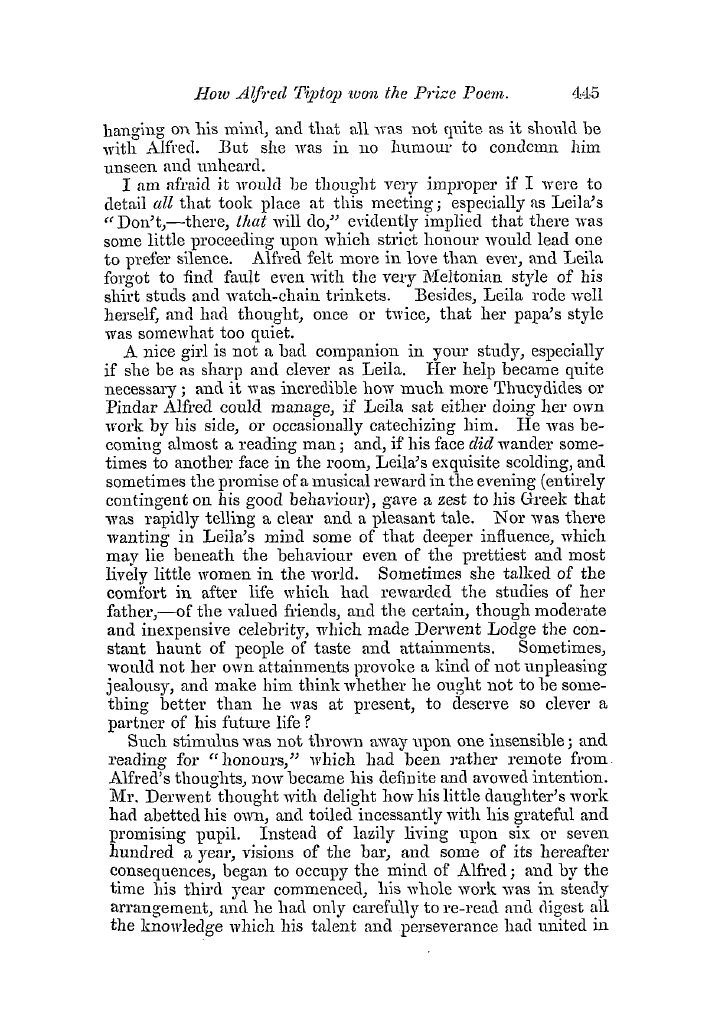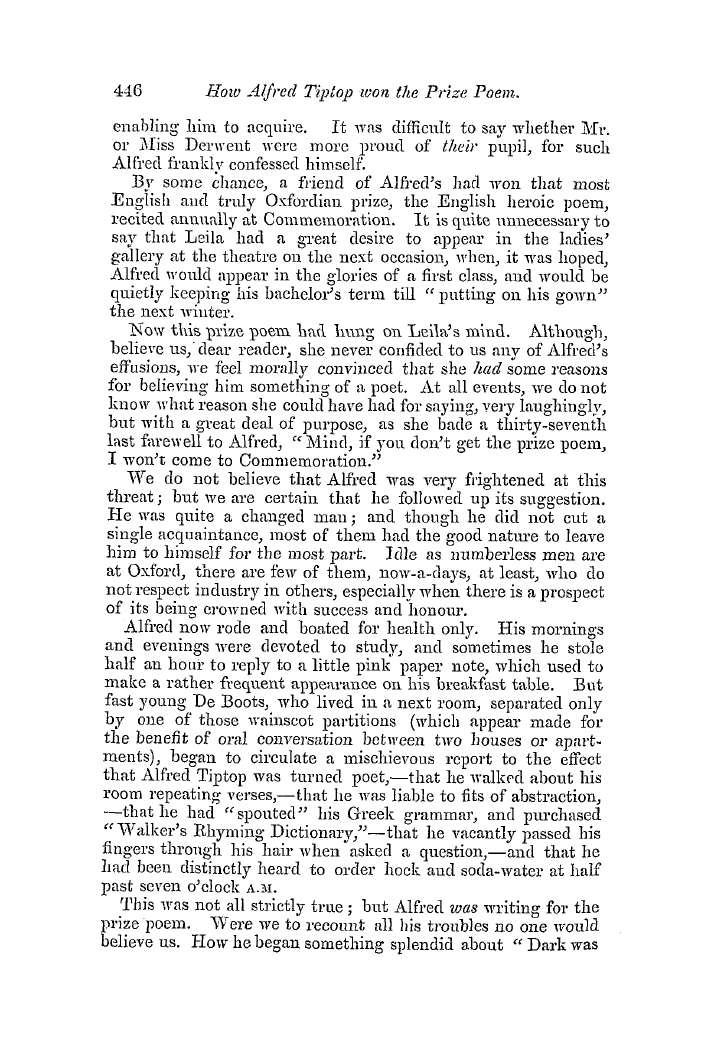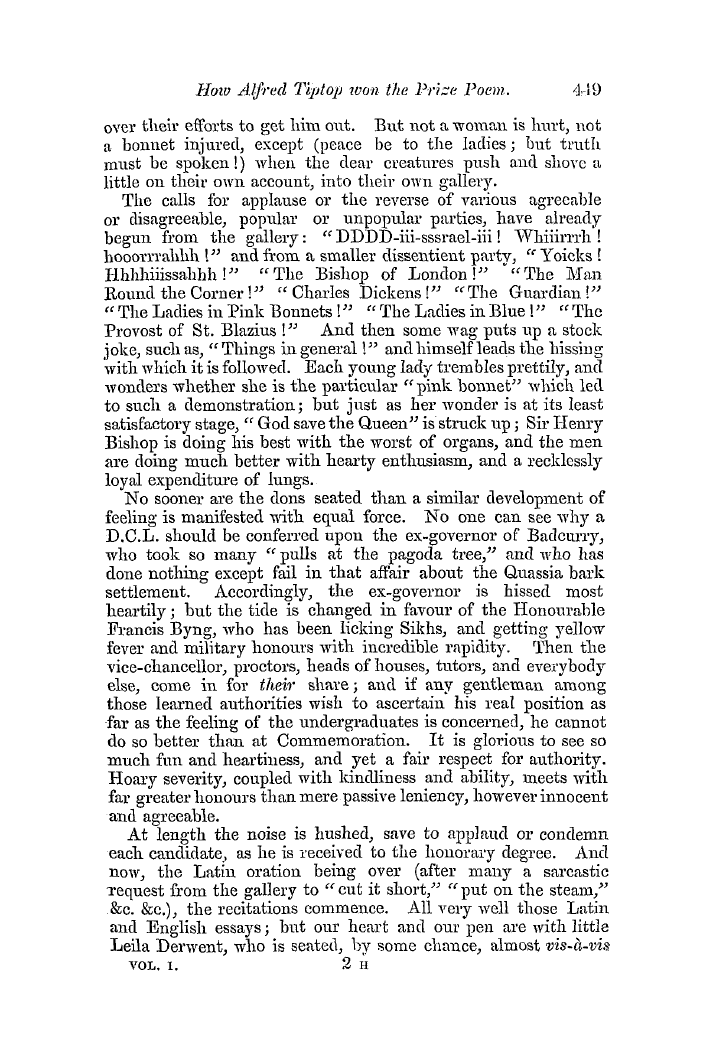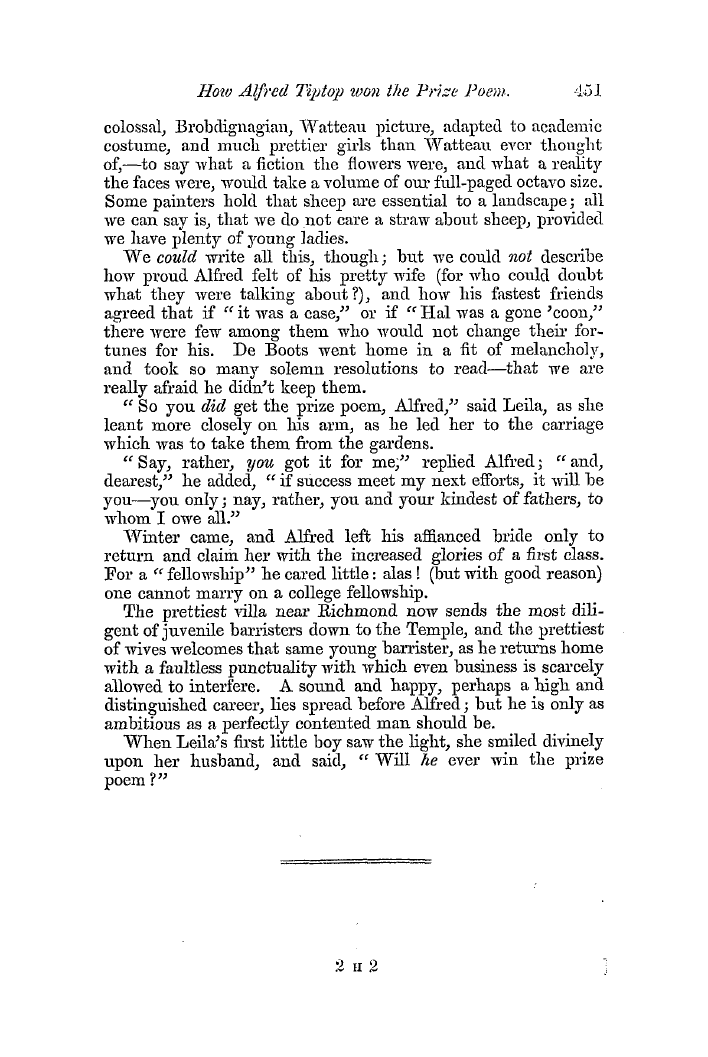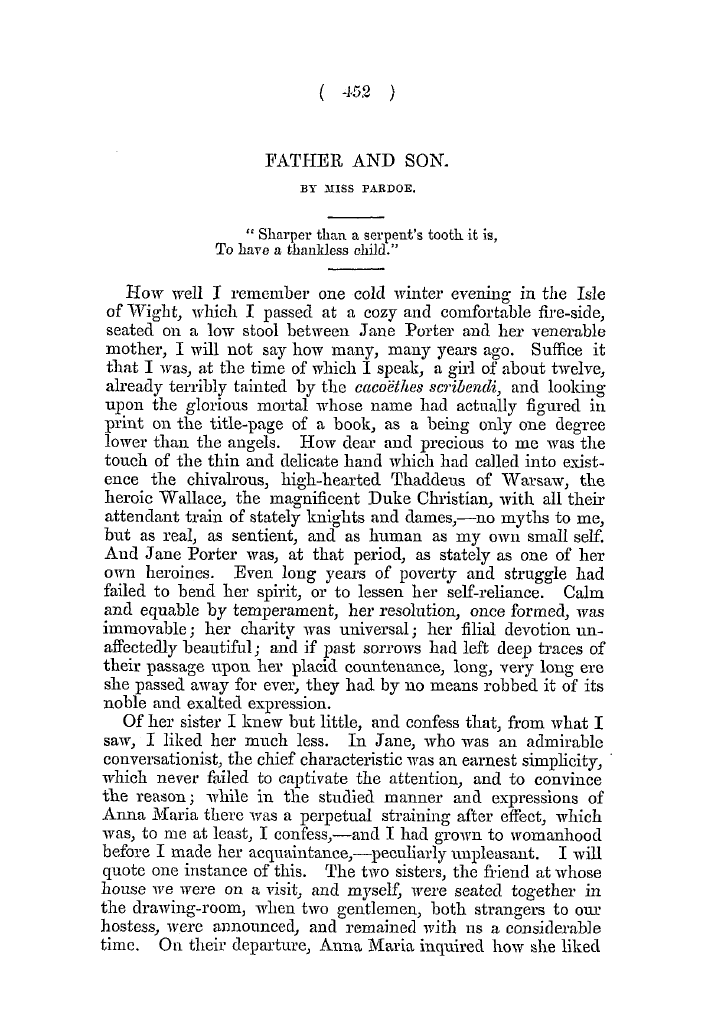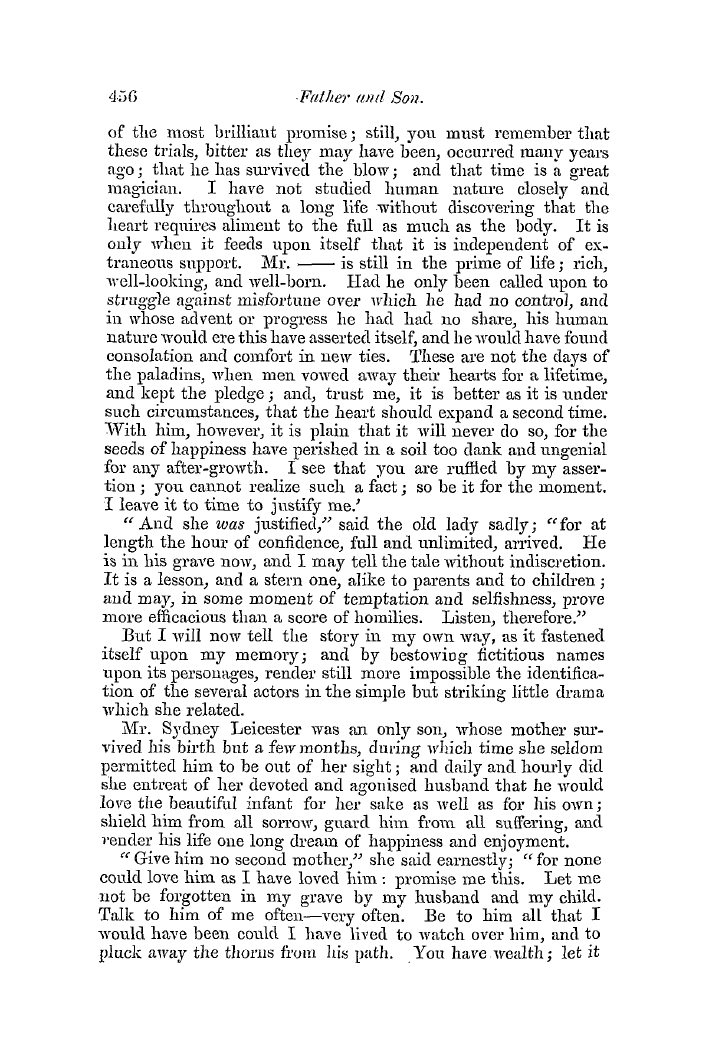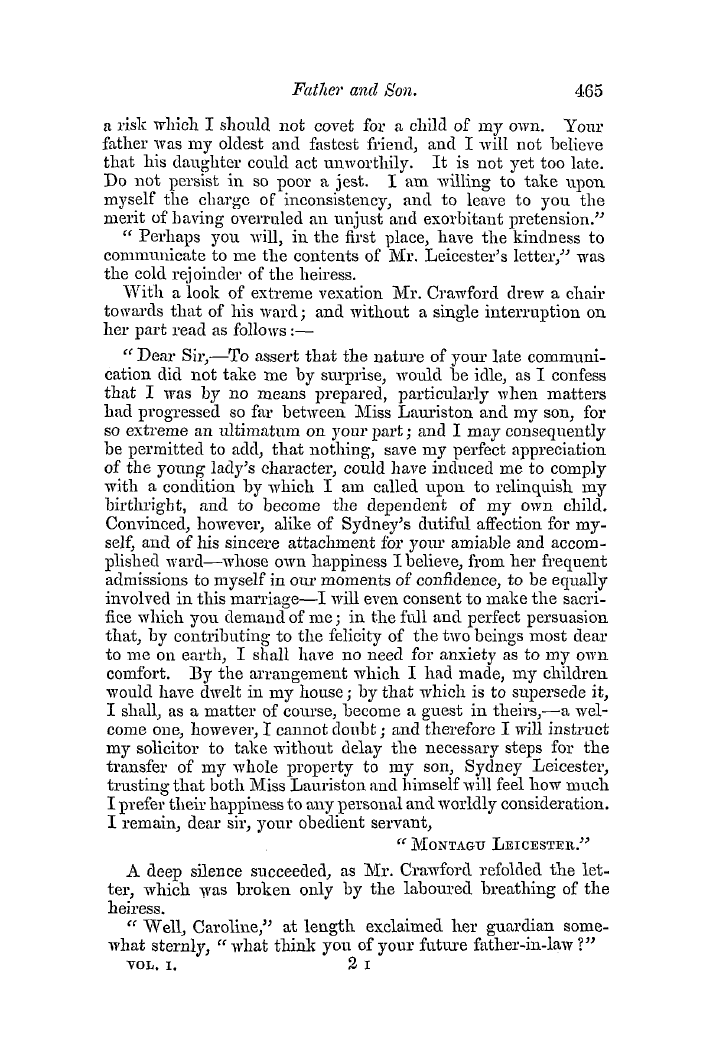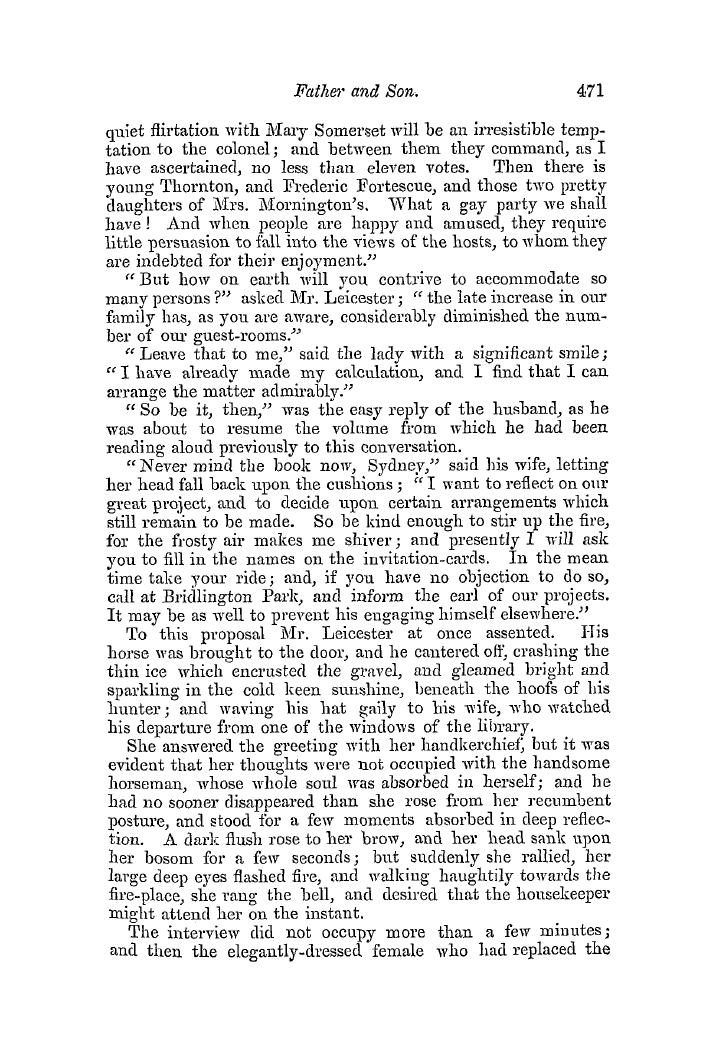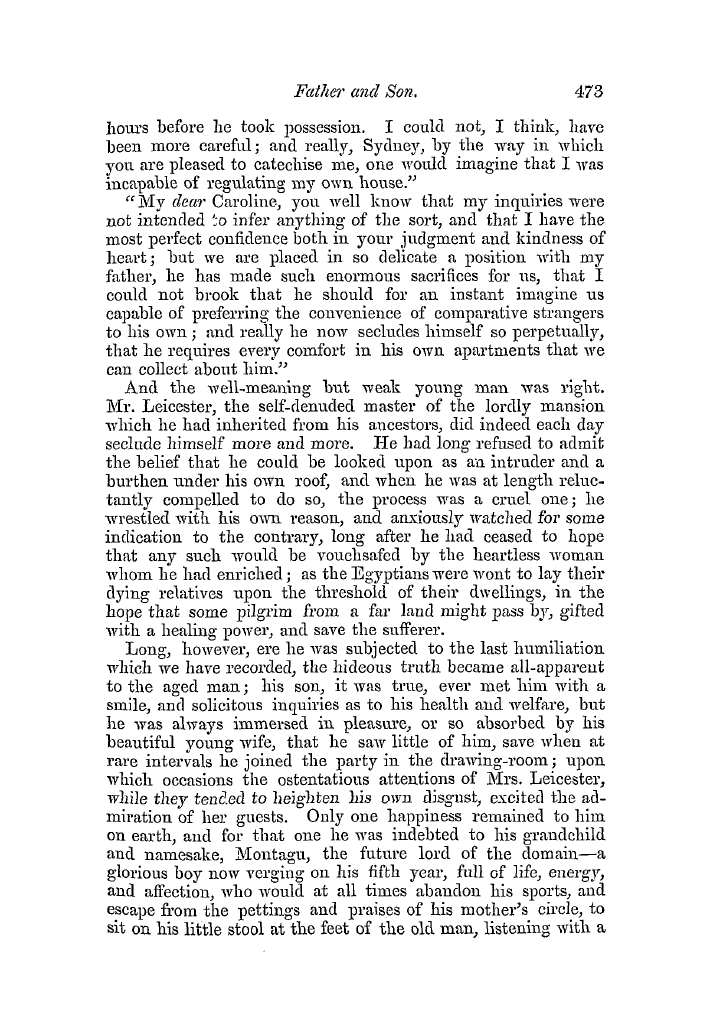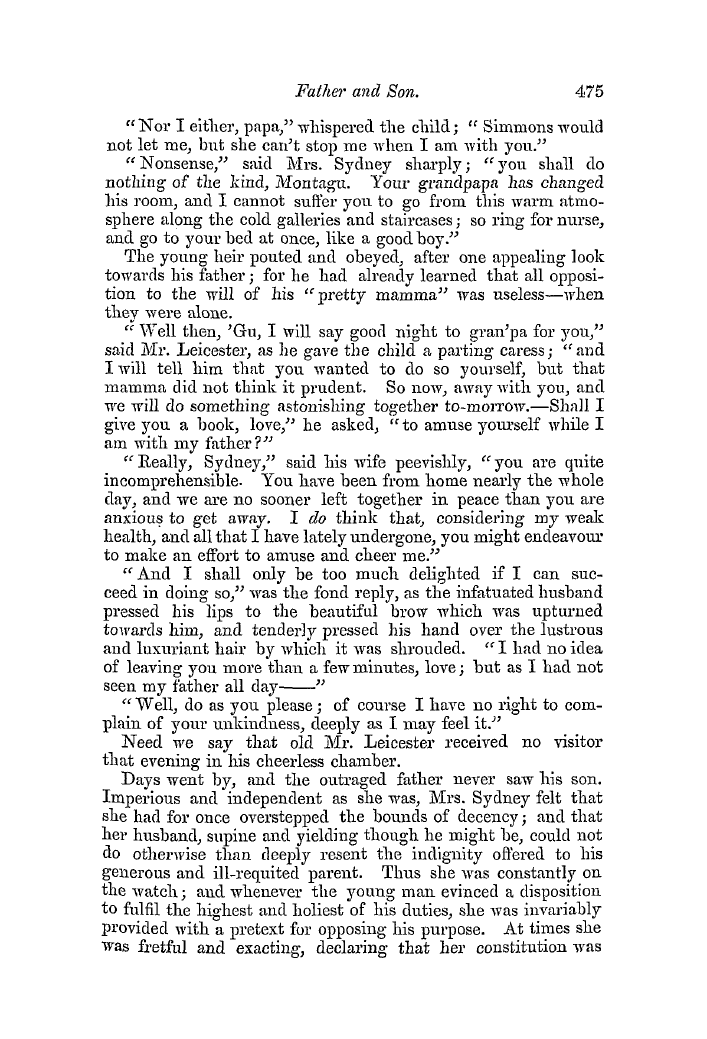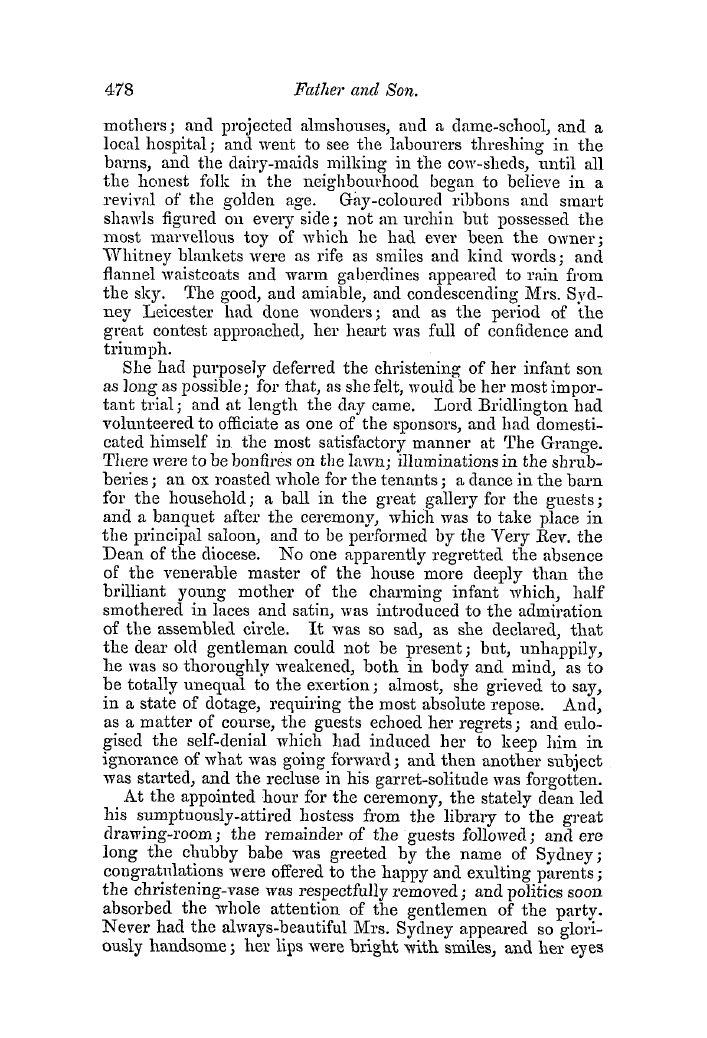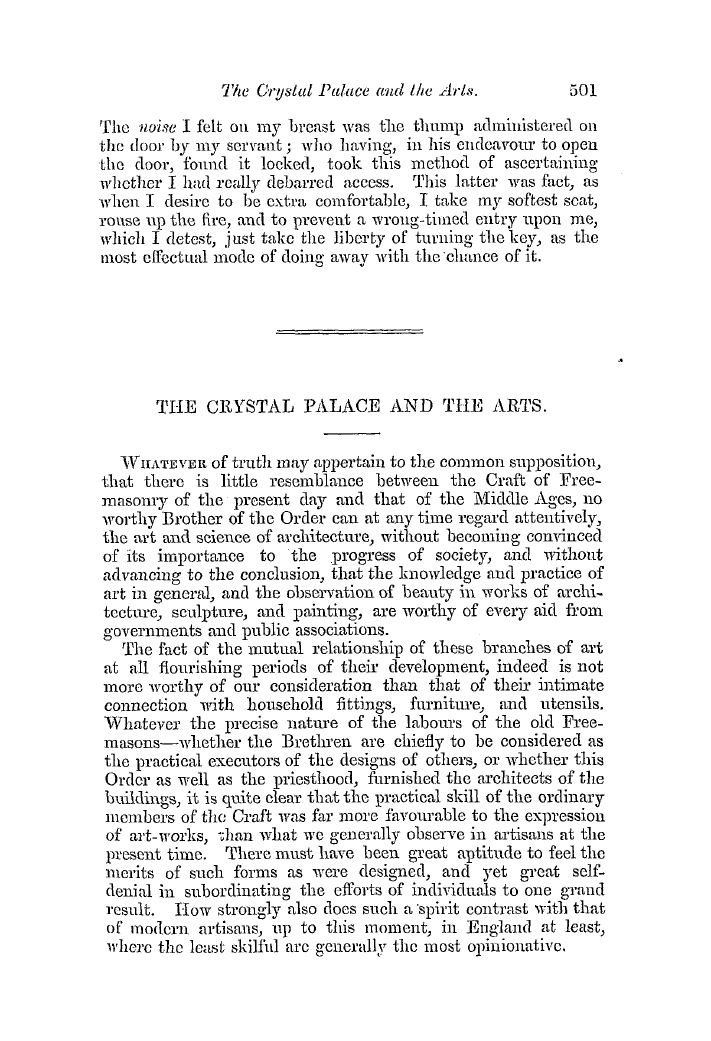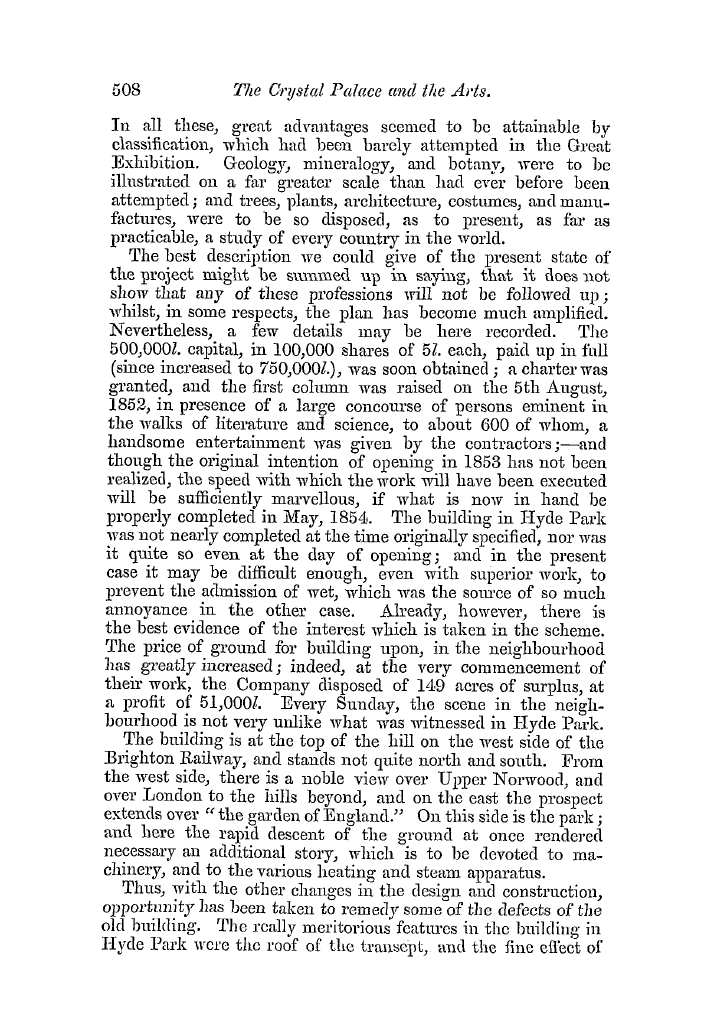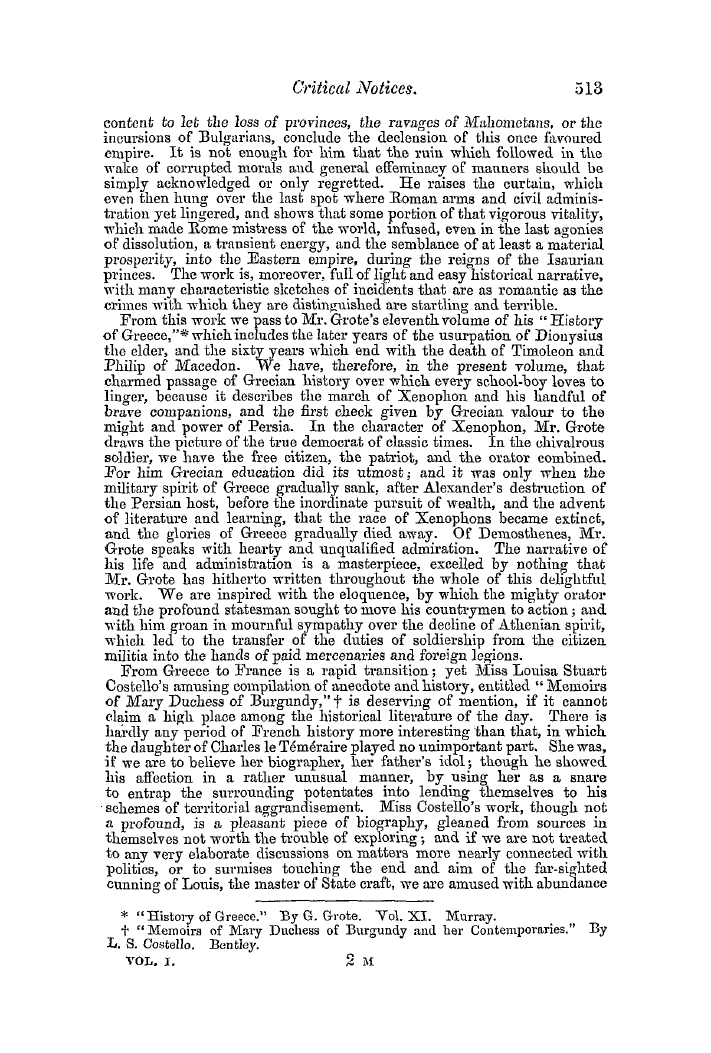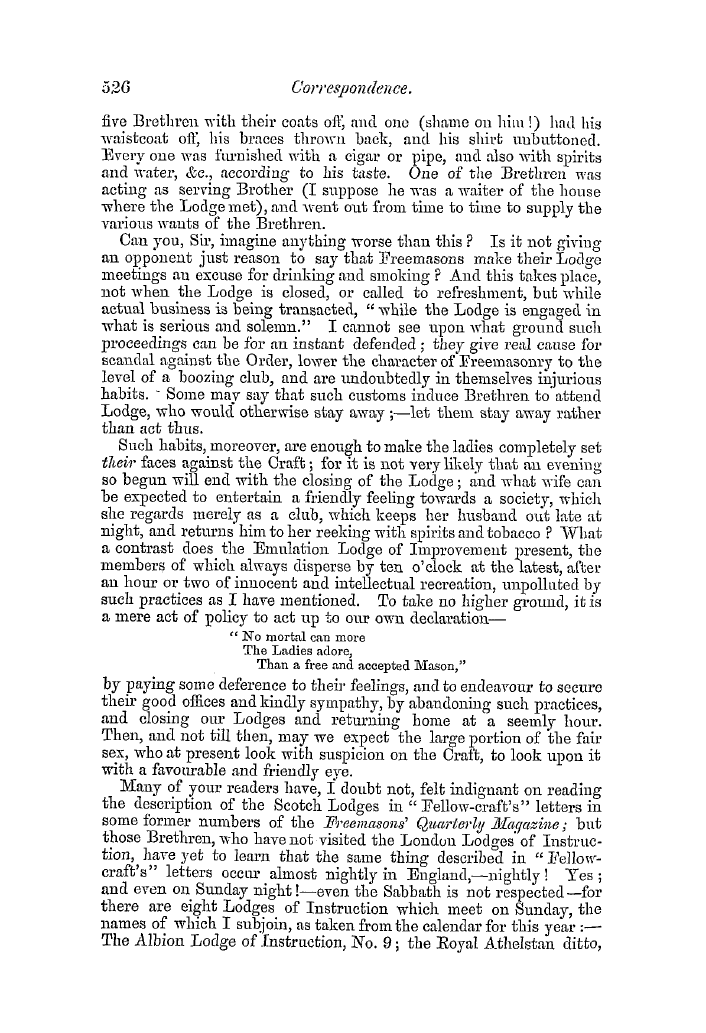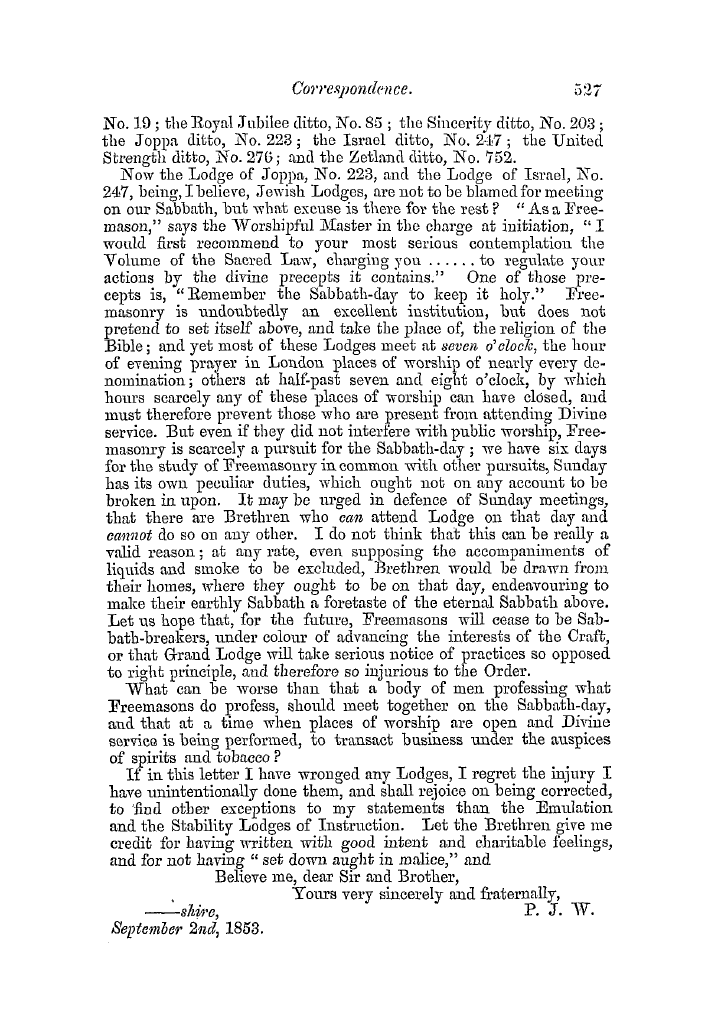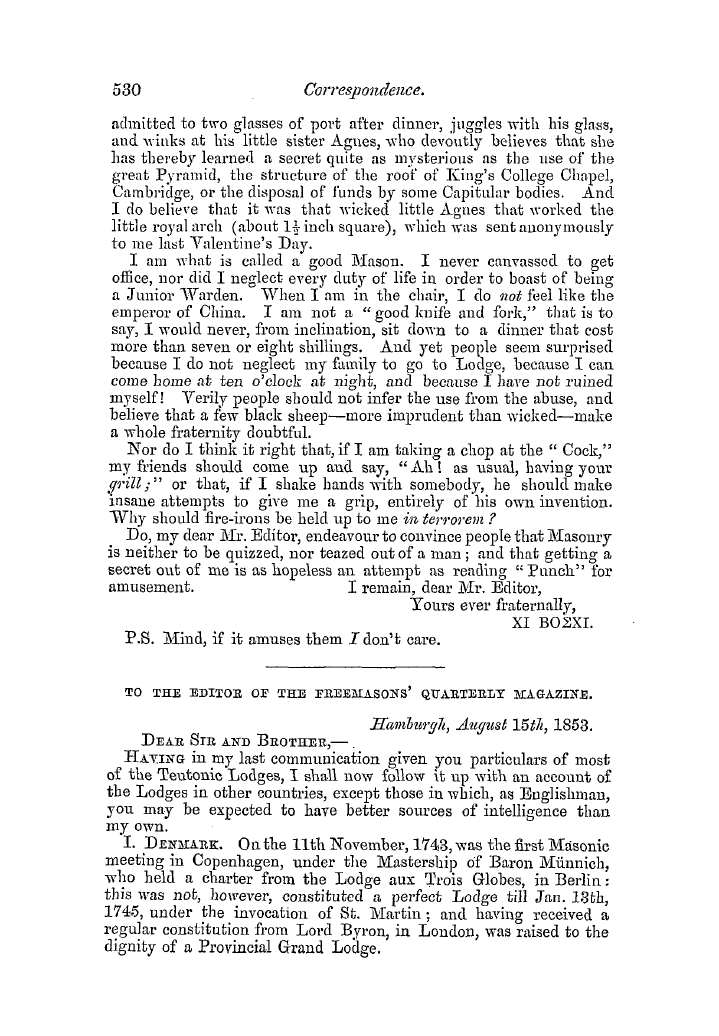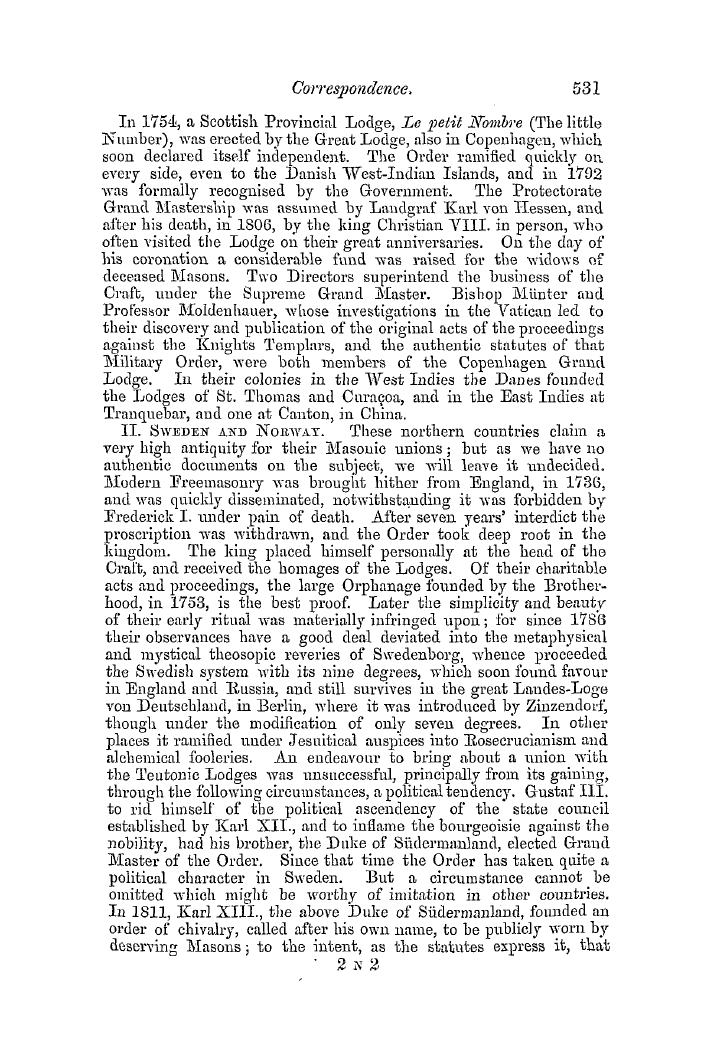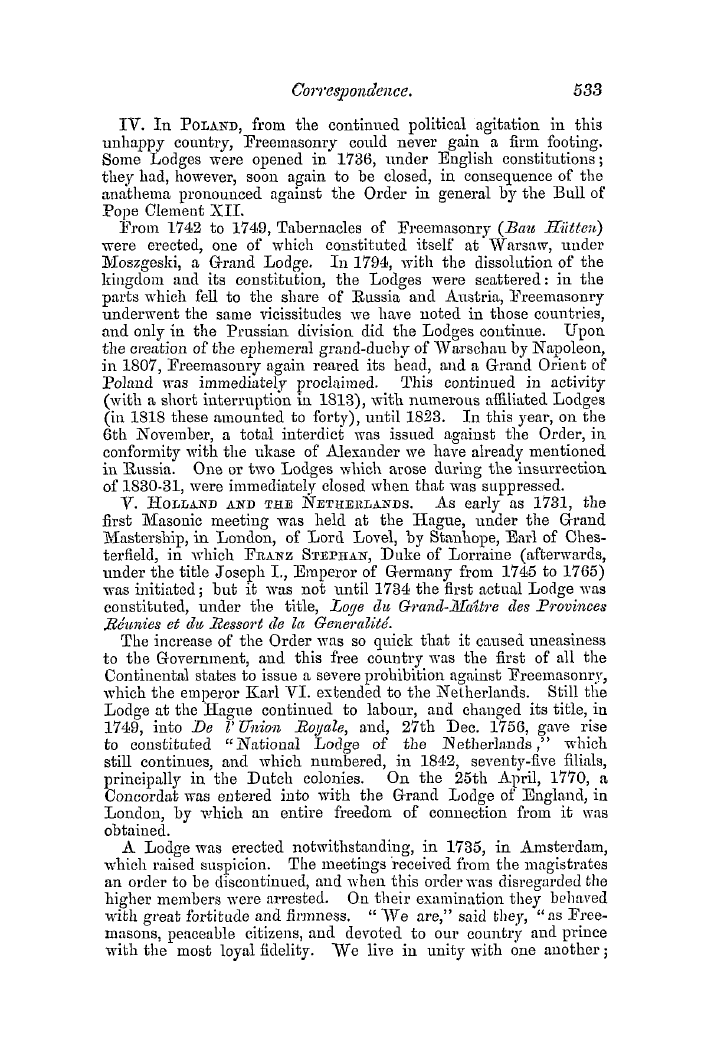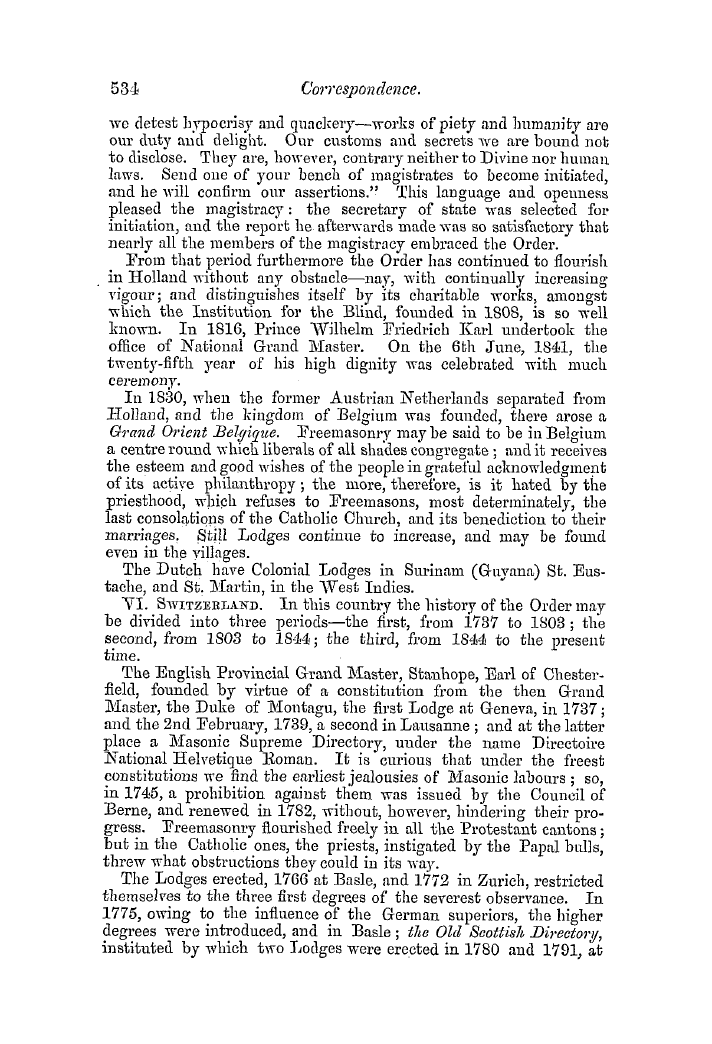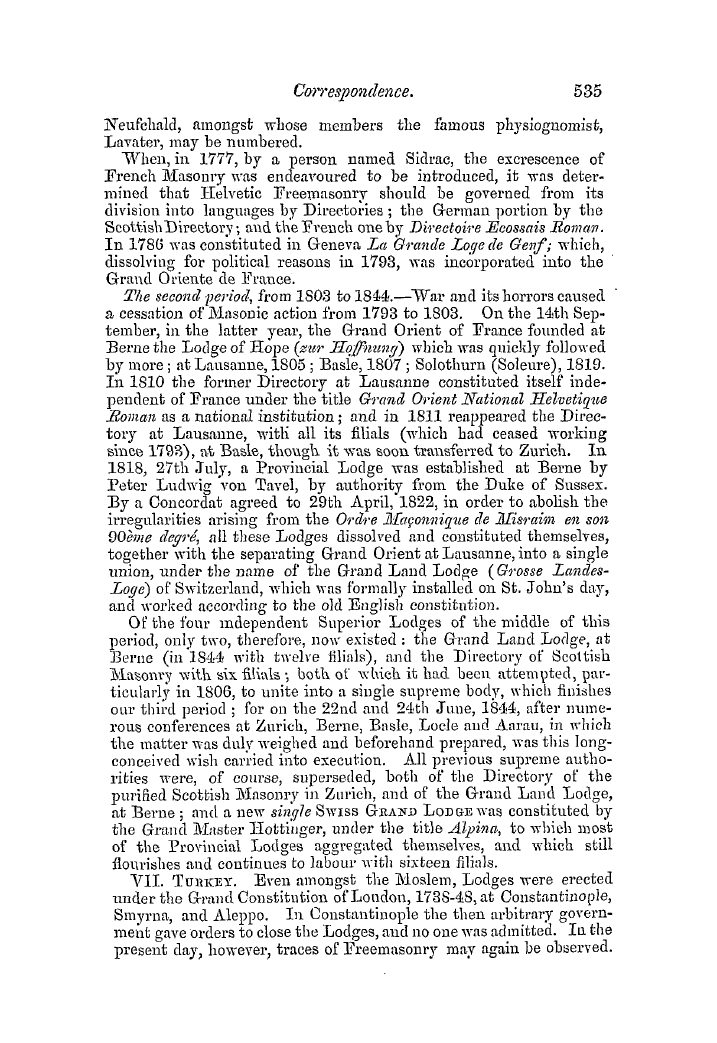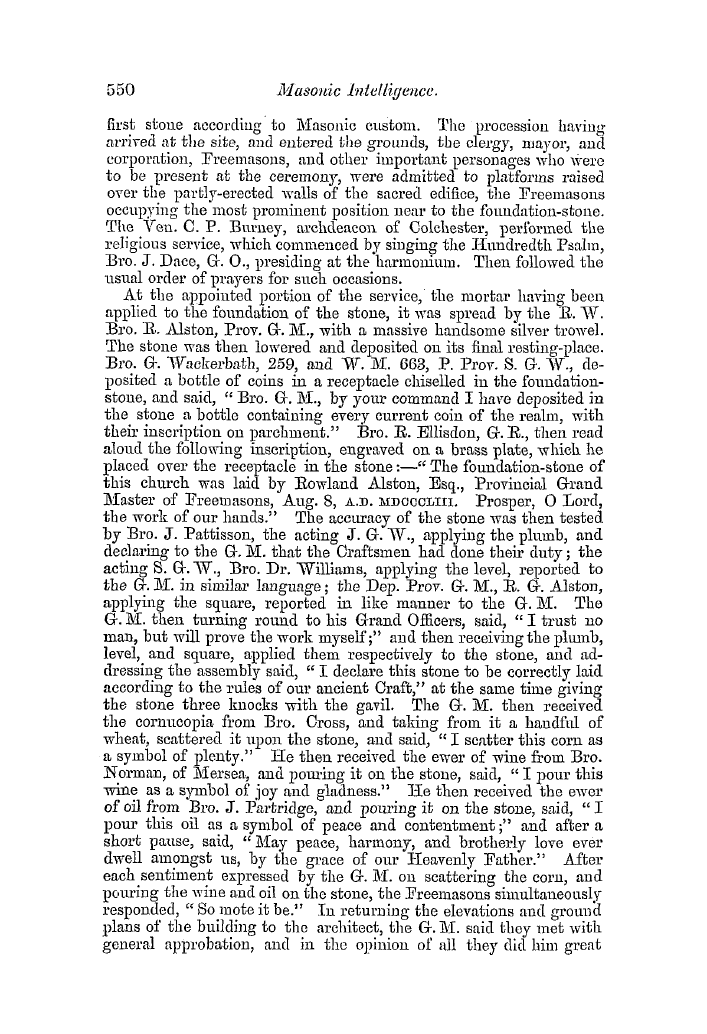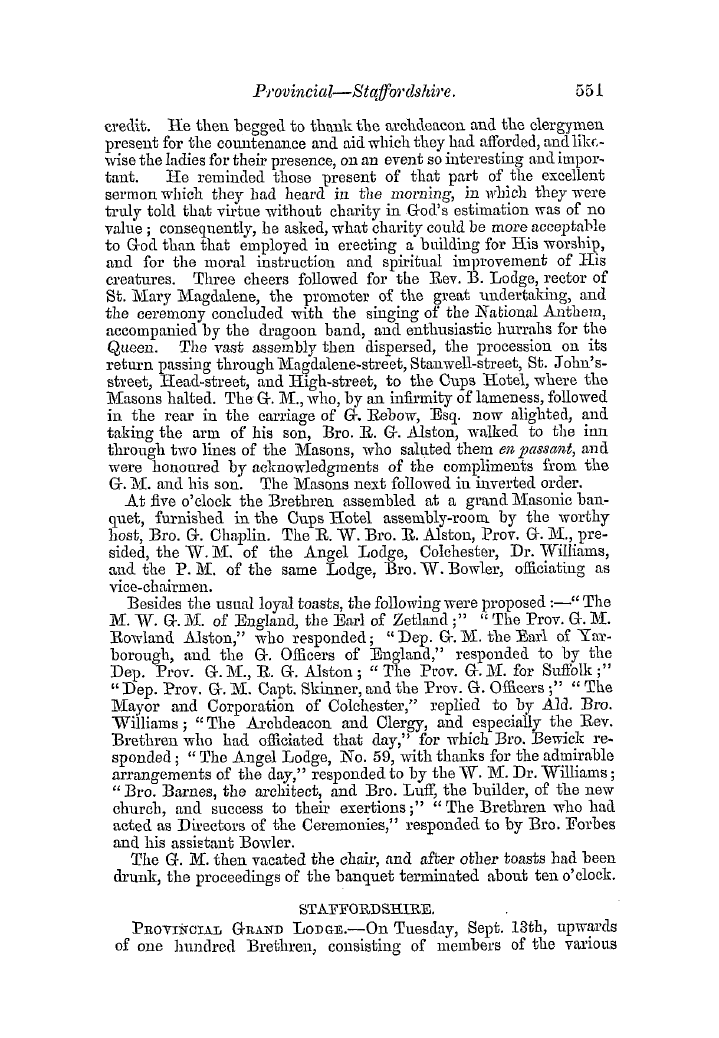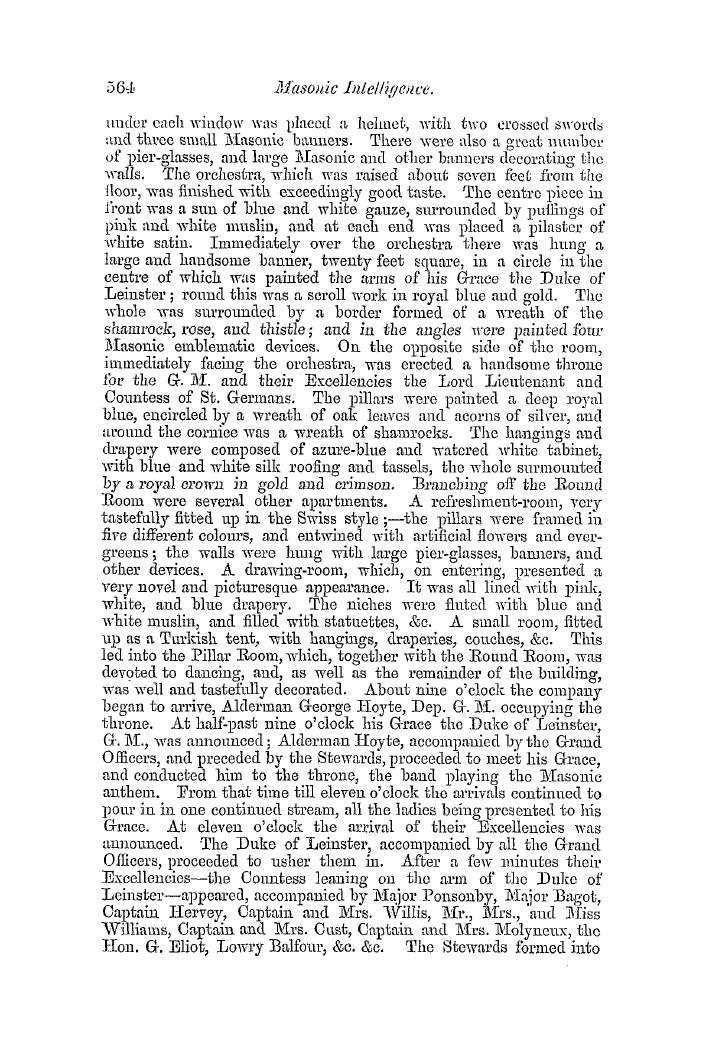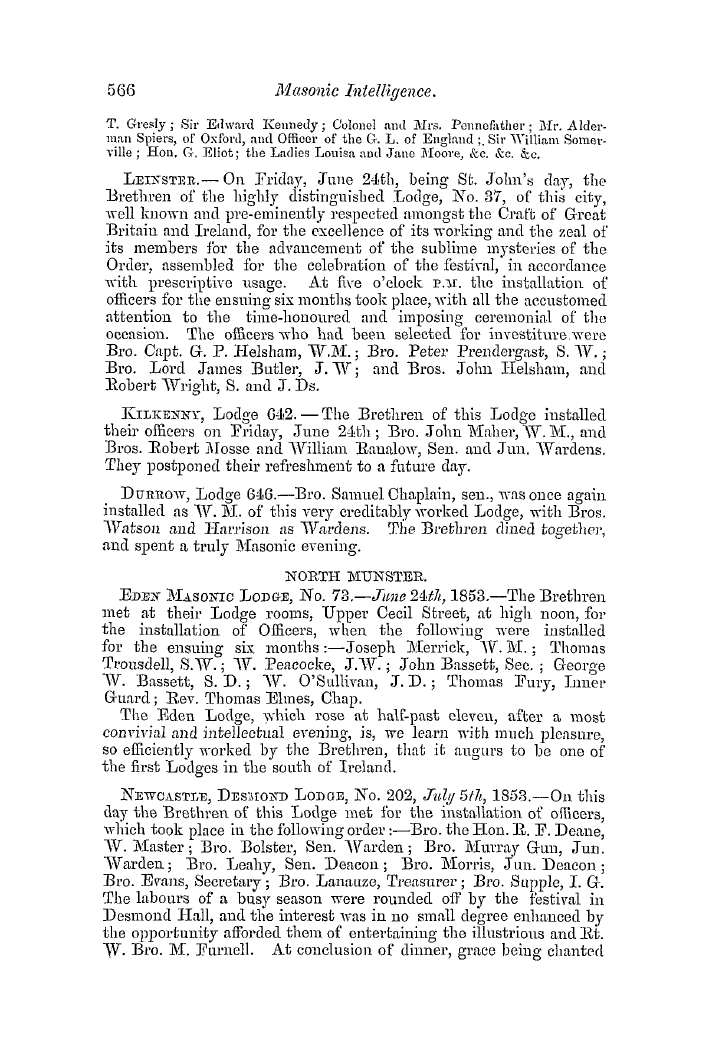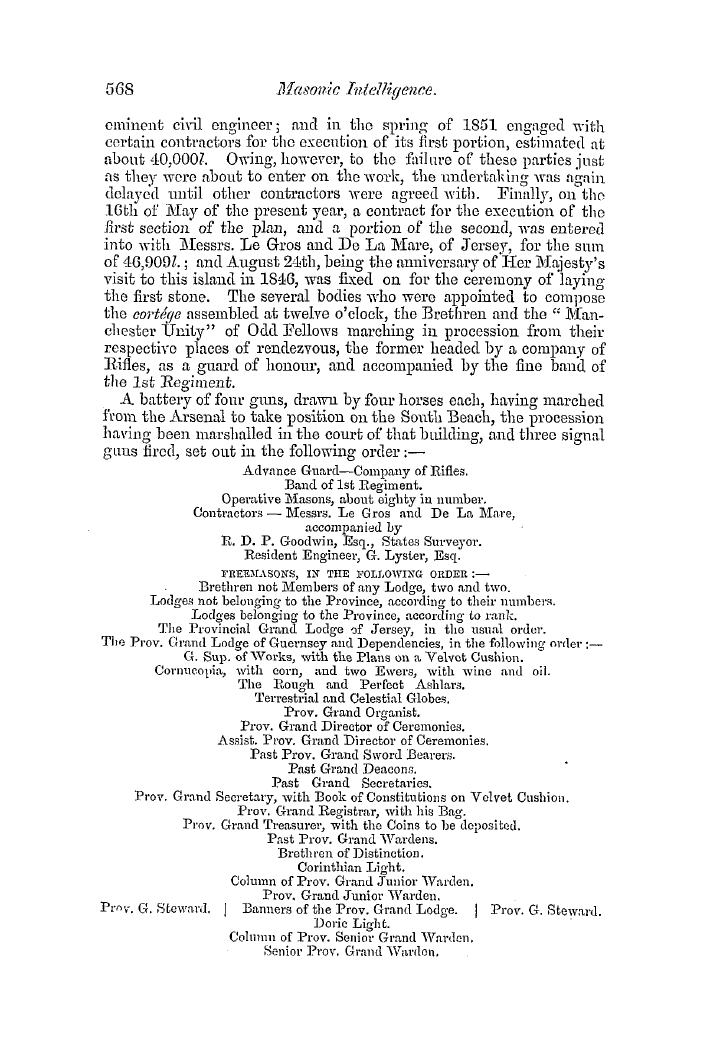-
Articles/Ads
Article THE CRYSTAL PALACE AND THE ARTS ← Page 5 of 11 →
Note: This text has been automatically extracted via Optical Character Recognition (OCR) software.
The Crystal Palace And The Arts
CA ' small shrubs and floAvers , disposed about the building with artistic effect , contribute to the same result ; and thus , the trees which line the footpaths in many continental cities , comprise ad-A'antages which our English street architecture has to but a limited extent . The private gardens in the large squares , enclosed by
iron railings , are not so advantageous in this respect as , from their number , they might be ; ancl even the parks are capable of great improvements in the laying out . Non-professional persons are , therefore , dependent for their appreciation of Avorks of art upon that which Chevreul , in the case of colour , has called the successive contrast ; that is to say , the poAver of retaining
in the mind , consciously or unconsciously , previous images ; or in this case , those of natural scenery . We therefore see , how completely our modern life in toAvns unfits us for the complete enjoyment of Avorks of art , and how especially it must unfit us for the full perception of the beauty of architecture . We see , tooone reason whin Athensunder a beautiful skyand on the
, y , , commanding site of a rocky acropolis , architecture not only reached so high a state of perfection , but was fully appreciated by the people . We discover also what may be the A alue of sculpture as an essential part of architecture . Lastly ; the Avorks in progress at Sydenham lead us to augur the best residts in relation to future development of art in England—from the examples
of architecture and sculpture which will be exhibited indeedbut also from the opportunity for the observation of natural beauty neAvly afforded to the inhabitants of toAvns .
Our readers need not be told that the project of the Crystal Palace Company originated from the Exhibition of 1851 . The value of that remarkable display as an educational agent—the means Avhich it afforded of comparison and selection—pointed to the necessity for a permanent museum of n ± aterials and machinery , and of manufactured Avorks , industrial ancl artistic .
The impediments to such an institution preA'iously , had been summed up in the expenses of ground and roof covering . —Some saiv in the building in Hyde Park , a noble work of architecture , and on that account wished it preserved . We are not undervaluing the great beauty of some features in the latter building , if Ave say that Ave do not wholly agree
Avith the indiscriminate praise at first showered upon it in the neAvspapers , and Avhich has since been modified . If people , unfamiliar with the principles of architectural design , would honestly examine the impression of their OAvn feelings , or inquire into the cause thereof , instead of taking up the dictum of another AVIIO knoivs no better , simply because that has boldly appeared in print , real progress in architcctiu-e Avould be
Note: This text has been automatically extracted via Optical Character Recognition (OCR) software.
The Crystal Palace And The Arts
CA ' small shrubs and floAvers , disposed about the building with artistic effect , contribute to the same result ; and thus , the trees which line the footpaths in many continental cities , comprise ad-A'antages which our English street architecture has to but a limited extent . The private gardens in the large squares , enclosed by
iron railings , are not so advantageous in this respect as , from their number , they might be ; ancl even the parks are capable of great improvements in the laying out . Non-professional persons are , therefore , dependent for their appreciation of Avorks of art upon that which Chevreul , in the case of colour , has called the successive contrast ; that is to say , the poAver of retaining
in the mind , consciously or unconsciously , previous images ; or in this case , those of natural scenery . We therefore see , how completely our modern life in toAvns unfits us for the complete enjoyment of Avorks of art , and how especially it must unfit us for the full perception of the beauty of architecture . We see , tooone reason whin Athensunder a beautiful skyand on the
, y , , commanding site of a rocky acropolis , architecture not only reached so high a state of perfection , but was fully appreciated by the people . We discover also what may be the A alue of sculpture as an essential part of architecture . Lastly ; the Avorks in progress at Sydenham lead us to augur the best residts in relation to future development of art in England—from the examples
of architecture and sculpture which will be exhibited indeedbut also from the opportunity for the observation of natural beauty neAvly afforded to the inhabitants of toAvns .
Our readers need not be told that the project of the Crystal Palace Company originated from the Exhibition of 1851 . The value of that remarkable display as an educational agent—the means Avhich it afforded of comparison and selection—pointed to the necessity for a permanent museum of n ± aterials and machinery , and of manufactured Avorks , industrial ancl artistic .
The impediments to such an institution preA'iously , had been summed up in the expenses of ground and roof covering . —Some saiv in the building in Hyde Park , a noble work of architecture , and on that account wished it preserved . We are not undervaluing the great beauty of some features in the latter building , if Ave say that Ave do not wholly agree
Avith the indiscriminate praise at first showered upon it in the neAvspapers , and Avhich has since been modified . If people , unfamiliar with the principles of architectural design , would honestly examine the impression of their OAvn feelings , or inquire into the cause thereof , instead of taking up the dictum of another AVIIO knoivs no better , simply because that has boldly appeared in print , real progress in architcctiu-e Avould be


